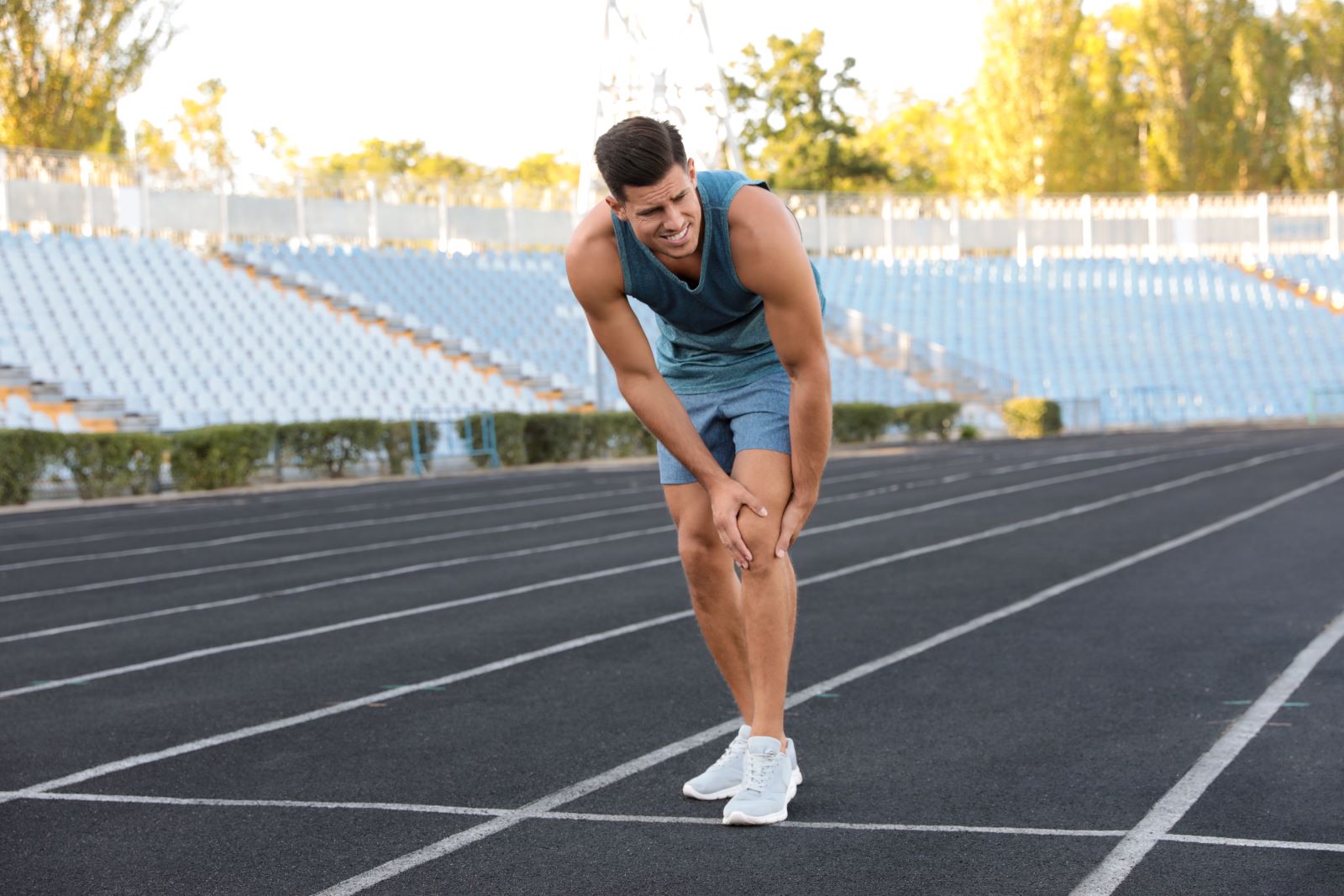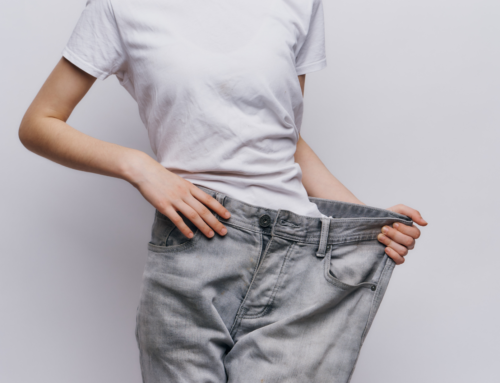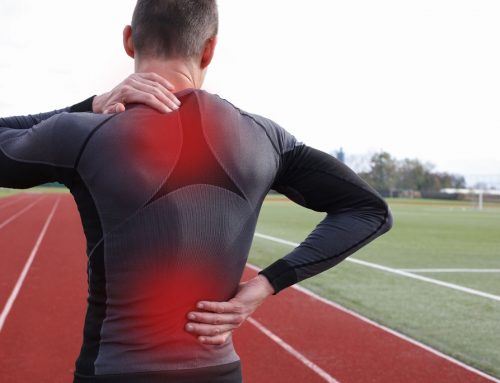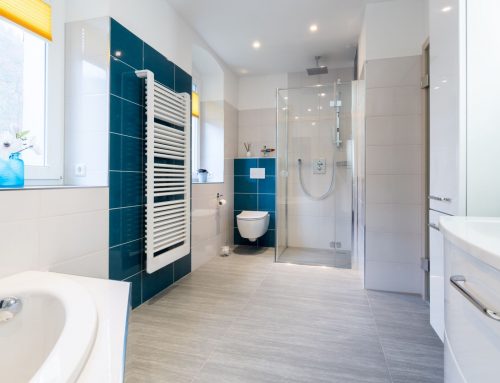Recovery is one of the most important aspects of exercising. If you train consistently, at some time, fatigue and stress will set in. your body will be exhausted. On the other hand, if you don’t give yourself time to recover, you risk suffering a breakdown.
Recovery modalities give your body muscles sufficient time to repair and heal. They also decrease the risk of potential injuries and mental fatigue. Elite athletes often suffer from high stress levels and mental fatigue, which decreases their cognitive and endurance performance.
What Are the Top 4 Recovery Modalities for Athletes?
Training stress allows you to reach your full potential. However, without sufficient recovery, you experience burnouts that impact your training efficiency. As an elite athlete, it’s tempting to push yourself too hard to achieve your training goals. But if your muscles become fatigued, all your efforts will go to waste.
Here are the top recovery modalities you should consider.
Cryotherapy Services
Cryotherapy is the use of extremely cold temperatures to accelerate muscle healing. It’s also referred to as cold therapy and can be traced back to more than 2 centuries ago.¹
When you get injuries during training, you most likely put an icepack on the inflamed area to reduce pain. Now think of a scenario where your whole body is exposed to extreme cold temperatures to relieve muscle pain.
Some of the benefits associated with cryotherapy include;
- Boosts your immunity.
- Slows down nerve conduction.
- Alleviates swelling.
- Limits secondary nerve death.
Whole-body cryotherapy, in particular, has been known to stimulate blood circulation. This enhances the transportation of healing agents like oxygen and nutrients, which ultimately helps with soft tissue injuries.
Compression Therapy
Compression therapy is the process of applying controlled pressure to the extremities. This helps reduce pain and alleviate swelling from athletic or sports injuries. Traditionally, compression therapy happens with tight socks and stockings. Thus, athletes would wear them throughout the day to enhance blood circulation and prevent blood from pooling in the legs.
We, however, use NormaTec compression therapy, which uses cutting-edge technology for the best results. Other benefits of compression therapy include;
- Improves joints and tendon movements.
- Enhances the drainage of harmful substances such as lactic acid.
- Reduces your chances of getting varicose veins.
Percussion Therapy
Soft tissue pain and injuries are common among elite athletes, and percussion therapy is a great solution. This technique uses a massage gun that uses rapid strokes to deliver strong vibrations and pulses to the affected tissues.
This then stimulates sufficient blood flow to your muscles which relieves soreness. Percussion therapy has been linked to improved range of motion, accelerated recovery, and enhanced flexibility. It also flushes fluids out of the muscles and into the circulatory system and reduces your chances of experiencing delayed onset muscle soreness.
Knee & Foot Massage
Elite athletes often suffer from muscle tension and tightness, which is painful and impacts their mobility. Knee and foot massages have been known to relieve sore and tired muscles. The massage enhances blood circulation in the body and stimulates your muscles, ultimately relieving the tension.
You should never leave your foot pain unchecked as it could indicate serious underlying problems such as diabetes. It could also result in damage to your joints.
Other effective ways of allowing your body to recover include;
- Get sufficient sleep. Studies show that you should get at least 7-8 hours of sleep every day.²
- Stay hydrated and drink at least 2 liters of water daily, depending on the intensity of your exercise regimen.
- Avoid drinking alcohol as this will slow down your recovery rate.
- Consult a nutritionist to effectively come up with a meal plan that’s suitable for your exercise program.
- Don’t overstretch yourself. Build your training load gradually to help you ease into your program.
Make sure you start with a warm-up session before the actual exercise and cool down after your training is complete. You should, however, note that these tips only help you rate the symptoms and not the cause of your fatigue.
The above 4 modalities still remain the most effective ways of accelerating your recovery.
Accelerate Your Recovery From Training Using These Recovery Modalities for Athletes
Depending on the intensity of your exercise regimen, you’re likely to experience pain, swollen feet, and sore muscles. If left unchecked, they could result in more serious issues, including spinal and joint damage.
Cryotherapy, compression therapy, knee & foot massages, and percussion therapies are some of the most effective recovery modalities that you should consider.
Links to Sources Used
- The history of cryosurgery – https://www.ncbi.nlm.nih.gov/pmc/articles/PMC1281398/
- How much sleep do we really need? – https://www.sciencedaily.com/releases/2015/02/150211132111.htm







